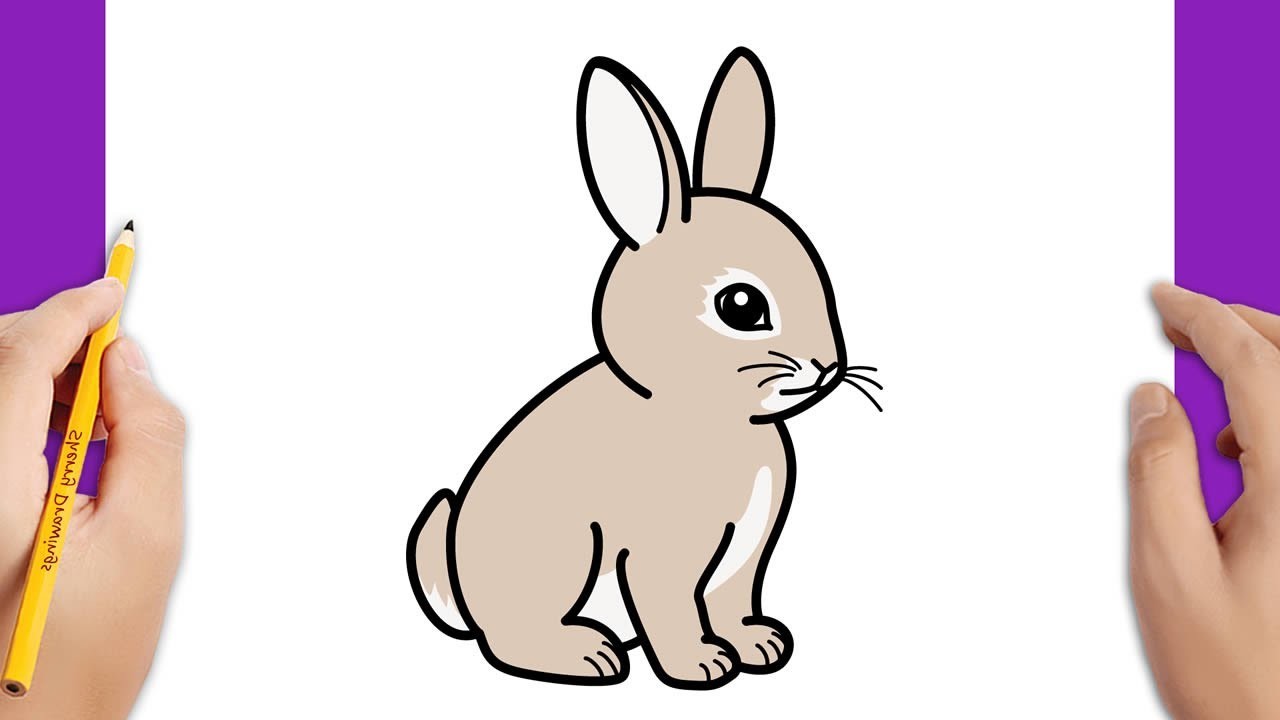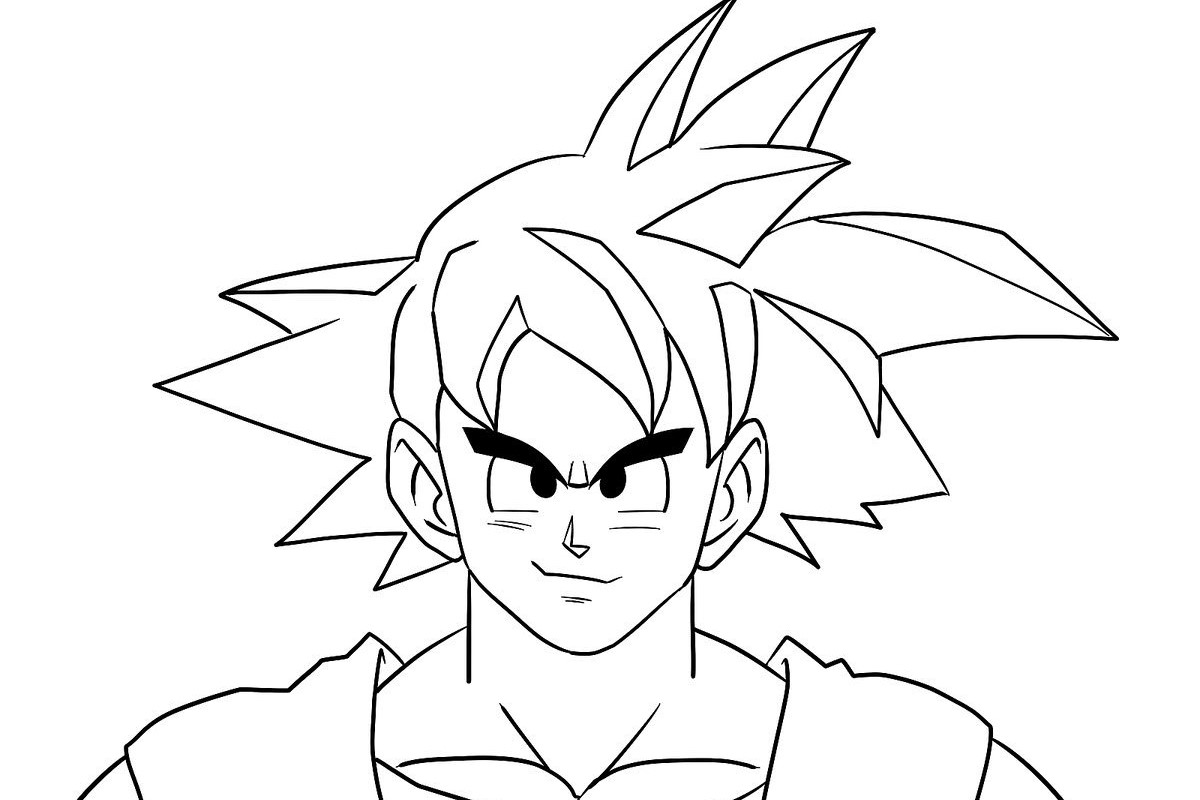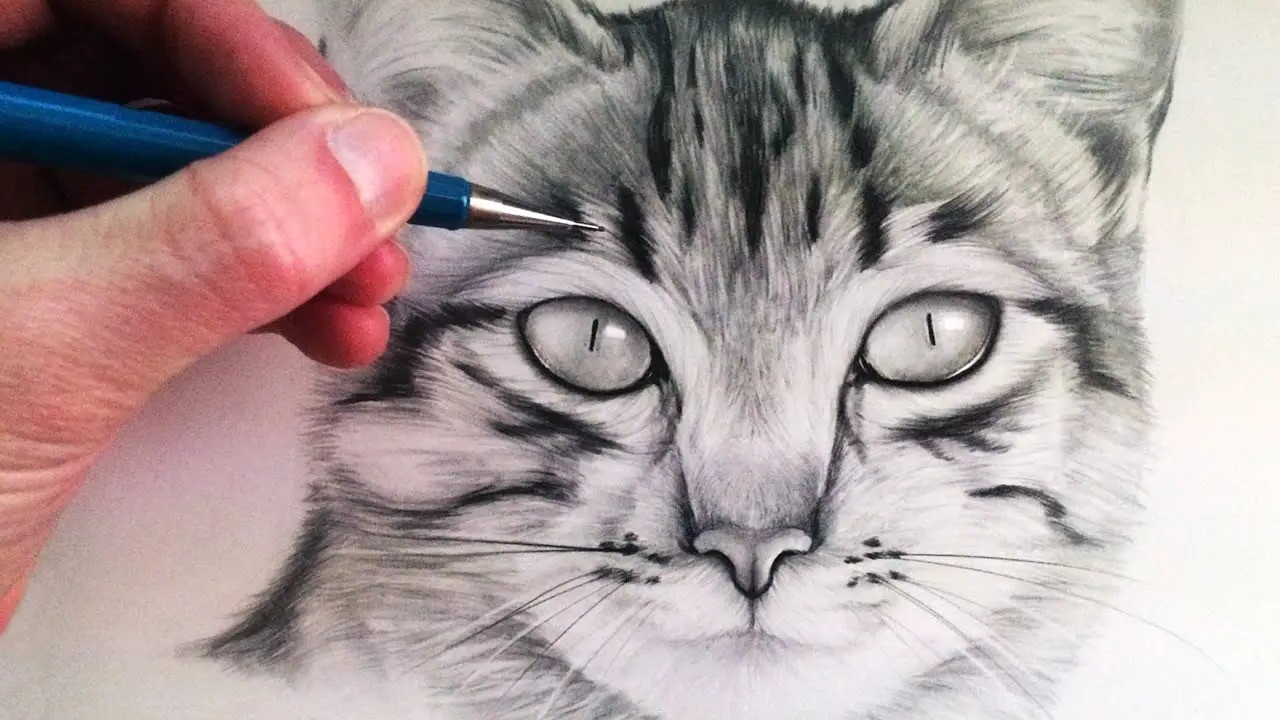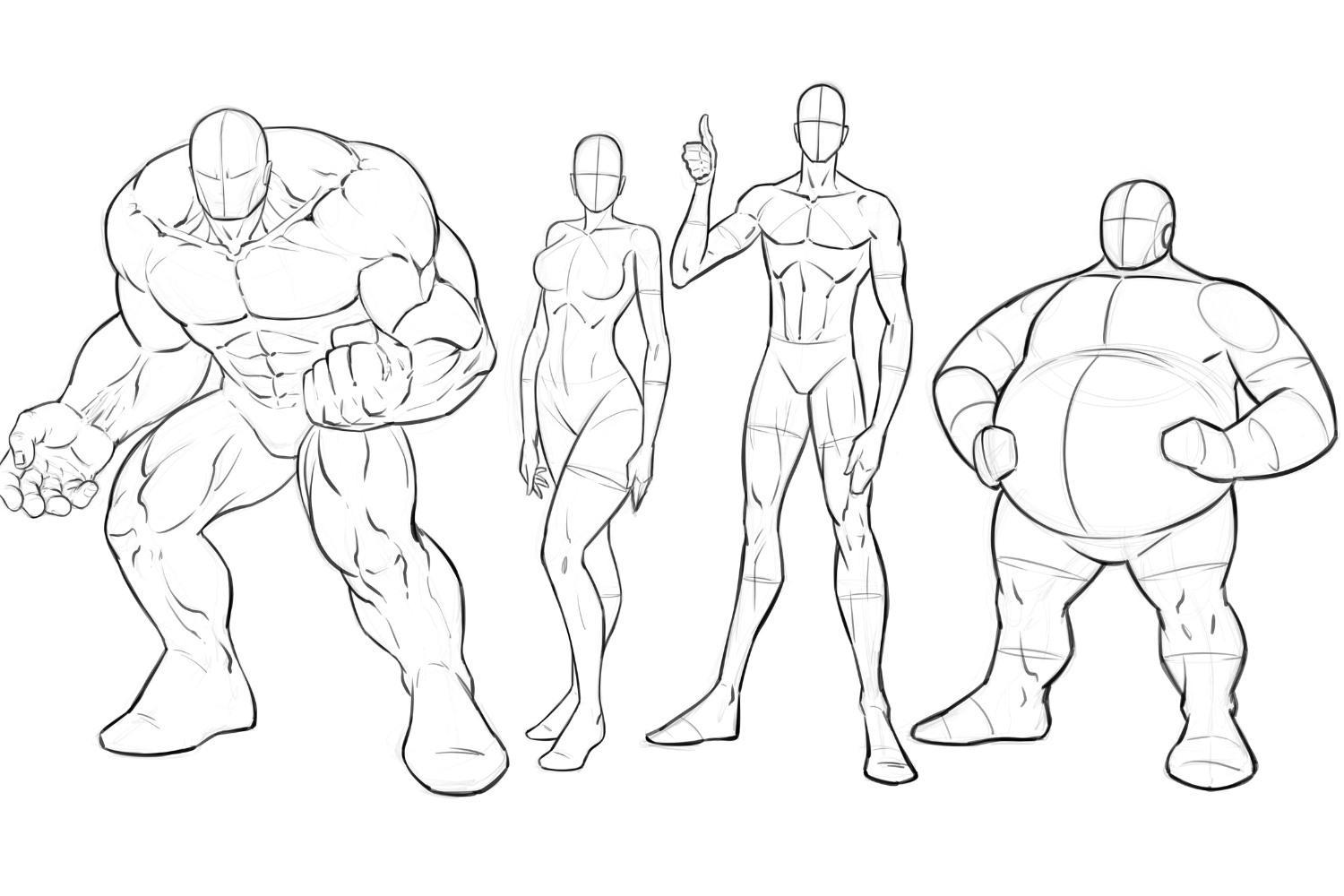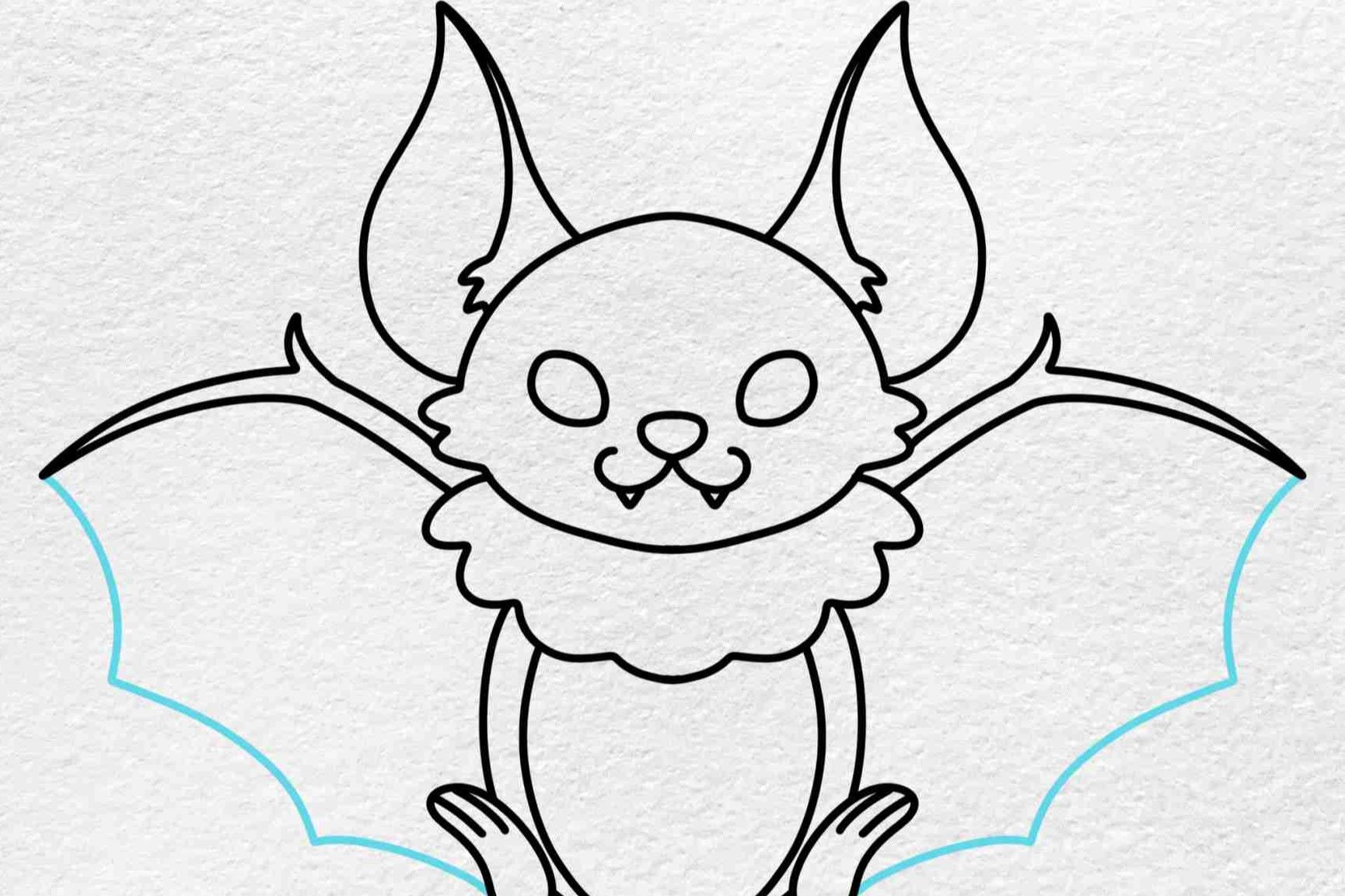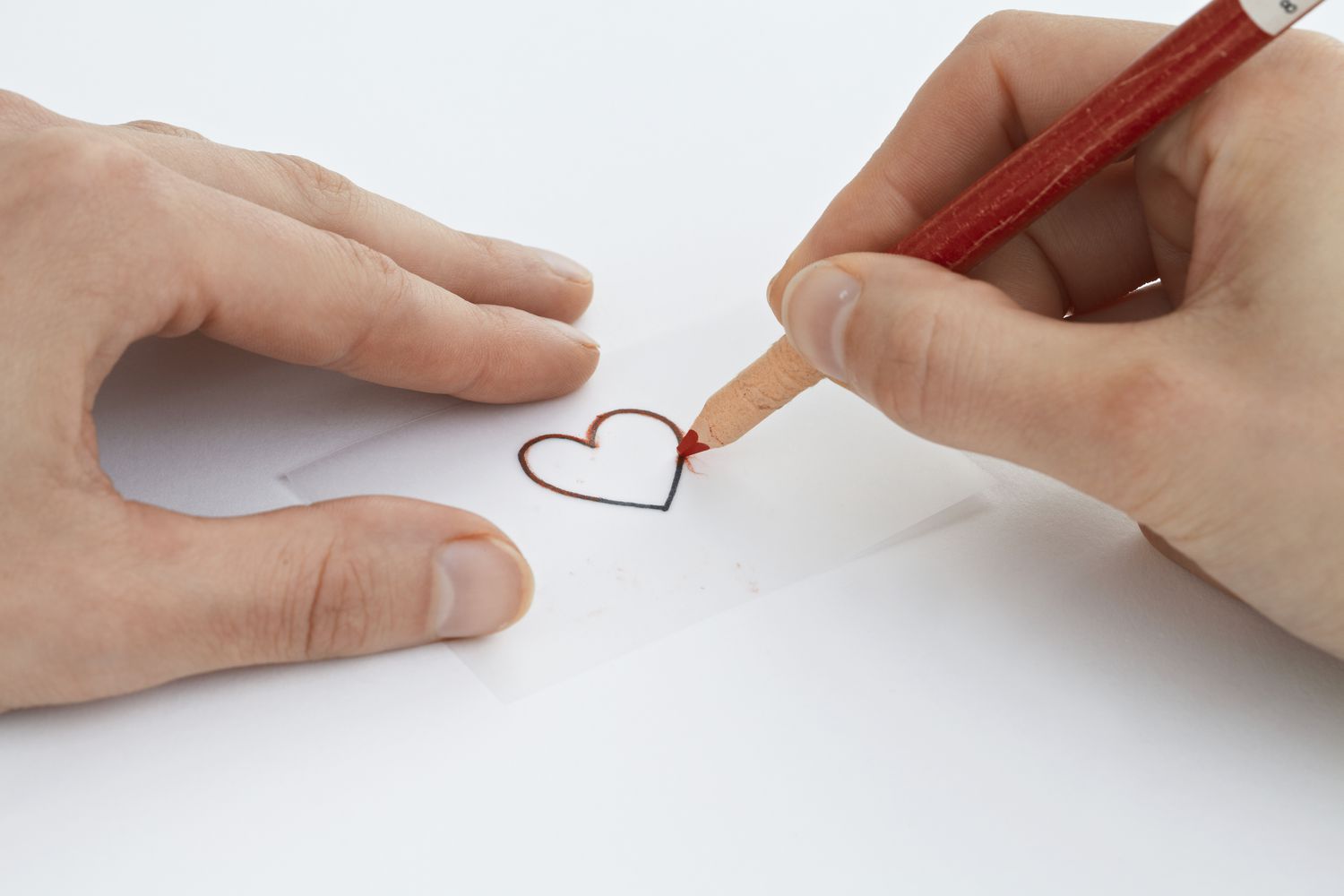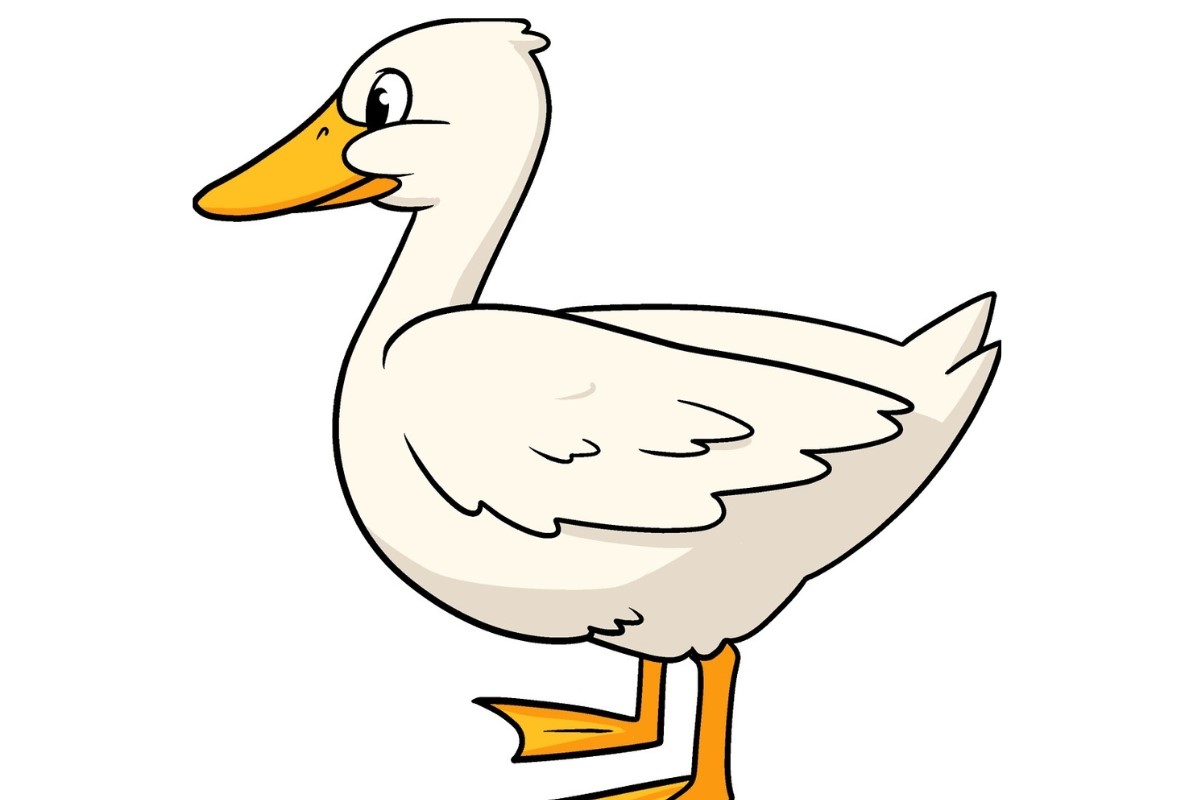Home>Arts and Culture>How To Draw Spiderman
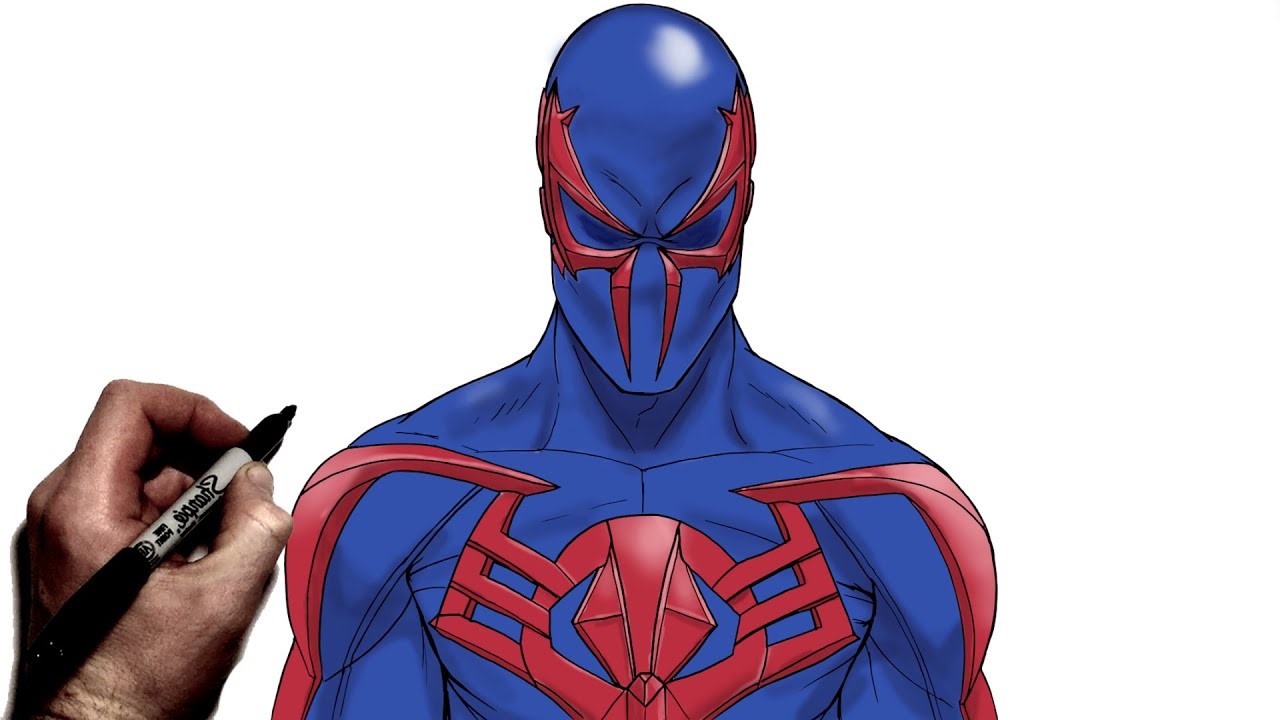

Arts and Culture
How To Draw Spiderman
Published: February 26, 2024
Learn how to draw Spiderman with step-by-step instructions and expert tips. Explore the world of arts and culture with our easy-to-follow tutorials.
(Many of the links in this article redirect to a specific reviewed product. Your purchase of these products through affiliate links helps to generate commission for Noodls.com, at no extra cost. Learn more)
Table of Contents
Introduction
Drawing Spiderman can be an exciting and rewarding experience for both beginners and seasoned artists. The iconic superhero, known for his agility, strength, and unique web-slinging abilities, has captured the imagination of fans around the world for decades. Whether you're a fan of the comics, movies, or animated series, bringing the beloved character to life on paper can be a fulfilling creative endeavor.
Capturing the essence of Spiderman through art allows you to delve into the world of comic book illustration and explore the intricacies of depicting a dynamic and powerful figure. From his distinctive costume to his acrobatic poses, every aspect of Spiderman's portrayal presents an opportunity to hone your artistic skills and unleash your creativity.
In this comprehensive guide, we will delve into the step-by-step process of drawing Spiderman, providing detailed instructions and valuable tips to help you bring the web-slinger to life on your canvas or sketchpad. Whether you're a novice artist looking to embark on a new artistic journey or a seasoned illustrator seeking to refine your superhero-drawing prowess, this guide will equip you with the knowledge and techniques needed to create a stunning rendition of Spiderman.
So, grab your drawing materials, unleash your imagination, and get ready to embark on an exhilarating artistic adventure as we unravel the secrets of capturing the essence of Spiderman through the power of your pencil or pen. Let's swing into action and unleash our creativity as we dive into the exhilarating world of drawing the legendary Spiderman!
Read more: How To Draw People
Materials Needed
Before embarking on the thrilling artistic journey of drawing Spiderman, it's essential to gather the necessary materials to bring your vision to life. Whether you prefer traditional pencil and paper or digital drawing tools, having the right supplies at your disposal is crucial for achieving a captivating and detailed portrayal of the iconic superhero.
Traditional Drawing Materials
-
Drawing Paper: Select a high-quality drawing paper that is suitable for sketching and shading. The paper should have a smooth surface to allow for precise lines and shading techniques.
-
Pencils: Invest in a range of graphite pencils, including H, HB, and B grades, to achieve varying levels of darkness and precision in your sketches. Additionally, a mechanical pencil with a fine lead can be useful for intricate details.
-
Eraser: A soft, kneaded eraser is ideal for gently correcting mistakes and creating subtle highlights in your artwork without damaging the paper.
-
Blending Stump or Tortillon: These tools are essential for blending and smudging graphite to create smooth transitions and realistic textures in your drawings.
-
Fine-line Pens: Consider using fine-line pens for inking and outlining your final drawing, adding crisp and defined lines to enhance the overall appearance.
-
Reference Images: Gather reference images of Spiderman from comic books, movies, or online sources to study the character's iconic costume and dynamic poses.
Digital Drawing Tools
-
Graphic Tablet: If you prefer digital drawing, a graphic tablet with pressure sensitivity and a stylus can provide a seamless and intuitive drawing experience.
-
Drawing Software: Choose a digital drawing software such as Adobe Photoshop, Procreate, or Clip Studio Paint to create and manipulate your artwork with precision and flexibility.
-
Reference Images: Similar to traditional drawing, having reference images of Spiderman on hand is essential for capturing the character's details and nuances in your digital artwork.
By assembling these essential materials, you'll be well-equipped to embark on your artistic journey and bring the legendary Spiderman to life through your unique creative lens. Whether you opt for traditional or digital tools, the key lies in leveraging these materials to unleash your artistic prowess and craft a stunning portrayal of the iconic web-slinger.
Basic Outline
To begin the process of drawing Spiderman, it's essential to establish a basic outline that serves as the foundation for the entire artwork. The basic outline sets the stage for capturing Spiderman's iconic pose and dynamic presence, laying the groundwork for the intricate details and shading to follow. Whether you're sketching Spiderman in a classic web-swinging stance or a powerful action pose, the basic outline forms the structural framework that guides the rest of the drawing process.
Start by envisioning the desired pose and composition for your Spiderman artwork. Consider the character's agility and strength, and visualize how you want to convey these traits through his posture and expression. Once you have a clear mental image, lightly sketch the basic shapes and lines that define Spiderman's body and pose. This initial sketch should focus on capturing the overall proportions and gesture of the character, rather than intricate details.
When creating the basic outline, pay close attention to Spiderman's iconic features, such as his mask, web shooters, and dynamic posture. Use simple geometric shapes and lines to outline the head, torso, arms, and legs, ensuring that the proportions and positioning align with your envisioned pose. Additionally, consider the direction of Spiderman's gaze and the flow of his costume, as these elements contribute to the character's sense of movement and energy.
Whether you're drawing Spiderman in a traditional standing pose, mid-air leap, or web-swinging action, the basic outline serves as the roadmap for capturing the character's essence. By focusing on the fundamental shapes and lines that define Spiderman's form and movement, you'll establish a solid foundation that paves the way for adding intricate details and bringing the artwork to life.
As you refine the basic outline, take the time to evaluate the overall composition and make any necessary adjustments to ensure that Spiderman's pose exudes the desired sense of power and dynamism. Once you're satisfied with the basic outline, you can proceed to the next stage of the drawing process, where you'll delve into adding depth, details, and shading to elevate your portrayal of the legendary web-slinger.
Read more: How To Draw A Chicken
Drawing Spiderman's Head
Drawing Spiderman's head is a pivotal aspect of capturing the essence of the iconic superhero. The character's mask, with its distinctive eye lenses and web pattern, is instantly recognizable and plays a significant role in conveying Spiderman's persona. When approaching the task of drawing Spiderman's head, attention to detail and precision are essential to ensure a faithful representation of the beloved character.
Begin by outlining the basic shape of Spiderman's head, considering the tilt and angle based on the desired pose. The mask's eye lenses are a defining feature, often depicted as large, expressive ovals. Position the eye lenses symmetrically within the mask, paying close attention to their size and spacing to maintain visual balance. The web pattern on the mask can be intricately detailed, with intersecting lines radiating from the center of the mask outward. Carefully sketch these web lines to create a visually striking and authentic representation of Spiderman's mask.
Once the basic structure of the mask is in place, focus on refining the contours and adding depth to the head. Consider the subtle curvature of the mask as it conforms to Spiderman's facial features, emphasizing the contours of the nose and cheekbones. The mask's fabric should appear snug and dynamic, accentuating the character's determined expression.
After establishing the mask's form, proceed to define Spiderman's eyes within the lenses. The eyes are a crucial element of conveying emotion and intensity in the character's portrayal. Whether you choose to depict Spiderman's eyes as expressive and wide, or narrowed with focused determination, the eyes serve as a window into the hero's spirit. Pay attention to the curvature and positioning of the eyes within the lenses, ensuring that they align cohesively with the overall composition of the head.
As you refine the details of Spiderman's head, take the opportunity to infuse the portrayal with a sense of dynamism and energy. Consider the character's trademark "spider sense" and strive to convey a hint of alertness and readiness within the expression. The mask's contours and the positioning of the eyes can contribute to this dynamic portrayal, capturing Spiderman's vigilance and agility.
By meticulously crafting the intricacies of Spiderman's head, from the iconic mask to the expressive eyes, you can breathe life into the character's persona and create a compelling focal point for your artwork. The head serves as a cornerstone of Spiderman's portrayal, embodying his resilience, determination, and unwavering commitment to upholding justice. With attention to detail and a deep understanding of the character's essence, drawing Spiderman's head becomes a captivating and rewarding artistic endeavor.
Drawing Spiderman's Body
Capturing the dynamic physique and iconic costume of Spiderman through the portrayal of his body is a pivotal aspect of bringing the legendary superhero to life on paper. The character's agility, strength, and acrobatic prowess are embodied in his distinctive poses and muscular form, making the depiction of Spiderman's body a compelling and exhilarating artistic challenge.
When approaching the task of drawing Spiderman's body, begin by refining the basic outline to emphasize the character's powerful stance and dynamic posture. Consider the curvature of the torso, the positioning of the arms and legs, and the overall sense of movement conveyed through the character's pose. Whether Spiderman is depicted in a mid-air leap, a crouched stance, or a web-swinging action, the body's proportions and gesture play a crucial role in capturing the hero's essence.
Pay close attention to Spiderman's muscular anatomy, accentuating the definition of his physique to convey strength and agility. Emphasize the contours of the chest, shoulders, and arms, reflecting the character's athletic prowess and unwavering determination. The web-slinger's iconic costume, characterized by the bold red and blue color scheme and intricate web pattern, adds a layer of visual impact to the portrayal of his body. Carefully delineate the web pattern across the costume, ensuring that it complements the character's dynamic pose and enhances the overall composition.
As you refine the portrayal of Spiderman's body, consider the fluidity of his movements and the sense of kinetic energy that defines the character. Whether you choose to depict the character in a classic heroic stance or a gravity-defying leap, strive to convey a palpable sense of motion and power. The positioning of Spiderman's limbs, the flow of his costume, and the subtle nuances of his posture all contribute to the portrayal of his remarkable agility and unwavering resolve.
Furthermore, the inclusion of subtle details such as the web shooters on Spiderman's wrists and the intricate webbing pattern on his costume adds depth and authenticity to the portrayal of the character's body. These elements serve as iconic symbols of the web-slinger's identity and contribute to the overall visual impact of the artwork.
By meticulously crafting the portrayal of Spiderman's body, from the muscular contours to the intricate costume details, you can encapsulate the character's indomitable spirit and unwavering dedication to justice. The body serves as a canvas for conveying Spiderman's resilience, agility, and unwavering commitment to defending the innocent. With attention to detail and a deep appreciation for the character's iconic traits, drawing Spiderman's body becomes a captivating and rewarding artistic endeavor.
Adding Details and Shadows
Once the foundational elements of Spiderman's portrayal, including the head and body, have been established, the next crucial step involves adding intricate details and shadows to elevate the artwork to a new level of depth and realism. This phase of the drawing process allows for the refinement of key features and the introduction of shading techniques that enhance the character's presence and imbue the artwork with a sense of three-dimensionality.
Refining Costume Details
With Spiderman's iconic costume serving as a focal point of the portrayal, attention to detail is paramount. Emphasizing the web pattern across the costume, refining the contours of the web shooters, and delineating the subtle textures of the fabric contribute to the authenticity of the character's appearance. Each intricately woven web line and subtle crease in the fabric adds visual interest and dimension to the portrayal, capturing the essence of Spiderman's dynamic and visually striking attire.
Read more: How To Draw A Shoe
Shading for Depth and Realism
Introducing shading techniques is instrumental in conveying the character's form and presence. By carefully observing light sources and considering the interplay of light and shadow, artists can create a sense of volume and depth within the artwork. Utilizing techniques such as cross-hatching, stippling, and blending, the portrayal of Spiderman's muscular physique and costume can be imbued with a lifelike quality, enhancing the overall impact of the artwork.
Emphasizing Muscular Definition
Shading plays a pivotal role in accentuating the muscular contours of Spiderman's physique. By strategically applying shadows to areas such as the chest, arms, and legs, artists can create the illusion of sculpted muscles and dynamic movement. The interplay of light and shadow adds a sense of realism and dynamism to the character's portrayal, underscoring his strength and agility.
Capturing Expressive Shadows
In addition to enhancing the costume and physique, shadows can be utilized to convey emotion and intensity within the artwork. By considering the character's pose and the implied movement, artists can strategically apply shadows to evoke a sense of drama and energy. The interplay of light and shadow can accentuate Spiderman's determined expression, infusing the artwork with a palpable sense of heroism and resolve.
Final Touches
As the details and shadows are meticulously refined, artists have the opportunity to make final adjustments and additions to ensure a cohesive and impactful portrayal of Spiderman. Fine-tuning the balance of light and shadow, refining the intricacies of the costume, and adding subtle highlights serve to elevate the artwork to its full potential, culminating in a captivating and dynamic representation of the legendary web-slinger.
By infusing the portrayal of Spiderman with intricate details and skillful shading, artists can breathe life into the character's iconic persona, capturing his strength, agility, and unwavering commitment to justice. The meticulous attention to detail and the artful application of shadows culminate in a compelling and visually striking portrayal of the legendary superhero, showcasing the artist's mastery and reverence for the iconic web-slinger.
Read more: How To Draw A Squirrel
Conclusion
In conclusion, the process of drawing Spiderman is a captivating and rewarding artistic endeavor that allows artists to delve into the dynamic world of comic book illustration and bring to life the iconic superhero with precision and creativity. From the initial stages of outlining the character's pose to the meticulous refinement of details and shadows, every step in the drawing process contributes to the portrayal of Spiderman's indomitable spirit and unwavering commitment to justice.
As artists embark on the journey of drawing Spiderman, they are presented with the opportunity to capture the character's agility, strength, and heroic essence through the strategic use of lines, shapes, and shading techniques. The portrayal of Spiderman's head, with its iconic mask and expressive eyes, serves as a focal point that embodies the character's determination and unwavering resolve. The intricate details of the mask and the subtle nuances of the eyes convey a sense of vigilance and readiness, encapsulating the essence of the legendary web-slinger.
Furthermore, the depiction of Spiderman's body, characterized by muscular contours and the iconic costume, allows artists to convey the character's dynamic presence and unwavering commitment to defending the innocent. The portrayal of Spiderman's physique, accentuated by meticulous attention to detail and skillful shading, captures the character's strength, agility, and unwavering dedication to upholding justice.
As artists navigate the process of adding details and shadows, they have the opportunity to infuse the artwork with a sense of depth and realism, elevating the portrayal of Spiderman to new heights of visual impact. The refinement of costume details, the strategic application of shading techniques, and the emphasis on muscular definition contribute to a compelling and visually striking representation of the legendary superhero.
In essence, drawing Spiderman is a testament to the artist's ability to capture the essence of a beloved cultural icon and convey a sense of heroism and determination through the power of art. By embracing the intricacies of Spiderman's portrayal and infusing the artwork with creativity and skill, artists pay homage to the enduring legacy of the web-slinger, inspiring audiences and fellow enthusiasts with their captivating renditions of the legendary superhero. Whether through traditional pencil and paper or digital drawing tools, the process of drawing Spiderman serves as a celebration of artistic expression and a testament to the enduring appeal of the iconic web-slinger.





